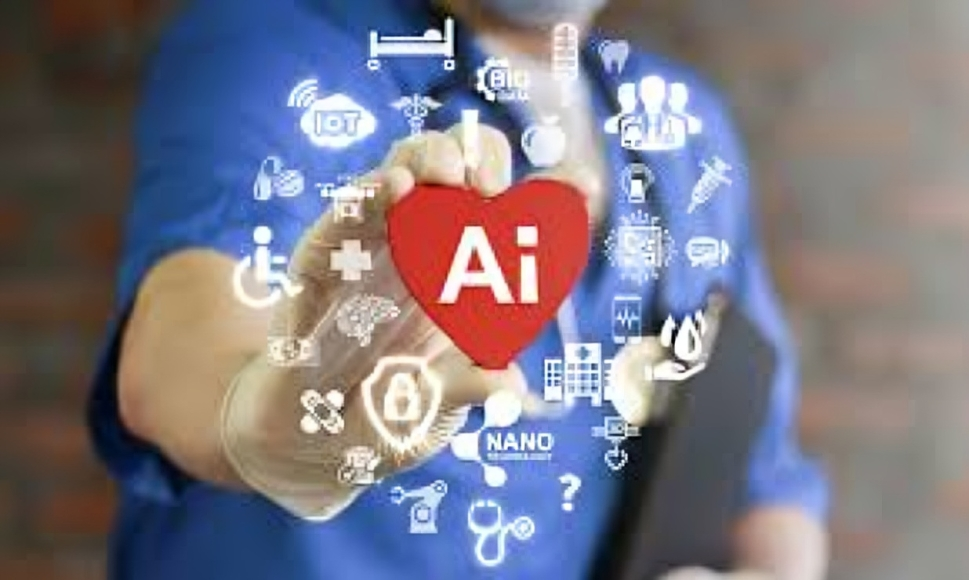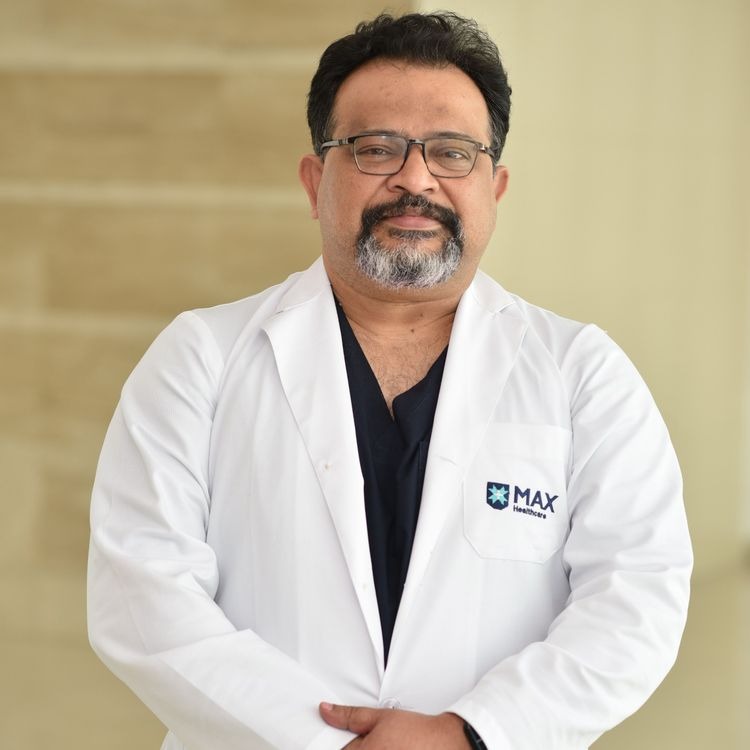New Delhi: Artificial Intelligence (AI) is emerging as a critical tool in the early detection and treatment of strokes, providing new hope to patients and revolutionizing medical practices. By analyzing health risks like diabetes, high blood pressure, and other underlying conditions, AI is enabling doctors to identify individuals at high risk of stroke well in advance.
Dr. Pratham Bysani, a neurosurgeon at Vasavi Hospital, highlights AI’s capability to quickly analyze scans and offer tailored treatment recommendations. “AI ensures timely and effective decision-making during emergencies, but it doesn’t replace doctors. Instead, it serves as an indispensable aid in saving time and initiating immediate action,” he explains.
The Golden Hour: A Crucial Window for Saving Lives
The ‘golden hour’ refers to the critical first hour after a stroke occurs when timely treatment can reverse its effects and potentially save a life. After this period, treatment focuses on rehabilitation and managing any lasting damage.
Dr. Bysani emphasizes the importance of recognizing stroke symptoms and acting immediately within this golden hour. “Timely intervention during this phase can significantly reduce or even eliminate the impact of a stroke,” he says. Common warning signs include facial drooping, weakness in the arms, or slurred speech. Delays in treatment can lead to permanent damage, making swift action vital.
AI’s Role in Stroke Treatment
With advancements in technology, AI is making stroke care more efficient:
- Rapid Scan Analysis: AI swiftly interprets imaging scans to detect problems and determine the severity of the stroke.
- Treatment Planning: AI instantly creates a treatment plan and shares it with emergency response teams.
- Time Optimization: By reducing the time required to diagnose and begin treatment, AI plays a pivotal role in improving outcomes.
Types of Strokes and the Need for Immediate Care
There are two primary types of strokes:

- Hemorrhagic Stroke: Caused by bleeding in the brain.
- Ischemic Stroke: Caused by a blockage in blood flow to the brain.
Both require immediate medical attention. In ischemic strokes, procedures like clot removal or dissolving the blockage are most effective during the golden hour.
Recognizing Symptoms: The Need for Awareness
Dr. Bysani stresses that stroke victims often fail to recognize their symptoms, placing the responsibility on caregivers. To address this, the FAST formula is recommended:
- F (Face Drooping): Check for one side of the face drooping.
- A (Arm Weakness): Look for weakness or numbness in one arm.
- S (Speech Difficulty): Check for slurred or incoherent speech.
- T (Time): Call emergency services immediately.
Maximizing AI and the Golden Hour
The combination of AI and timely action during the golden hour is proving to be a game-changer in saving lives and improving the quality of life for stroke patients. The seamless integration of technology with emergency medical response is driving advancements in urban healthcare services, making stroke care faster, more accurate, and ultimately, more effective.
By embracing these advancements, healthcare systems are taking a significant step forward in combating the challenges posed by strokes and ensuring better outcomes for patients.





